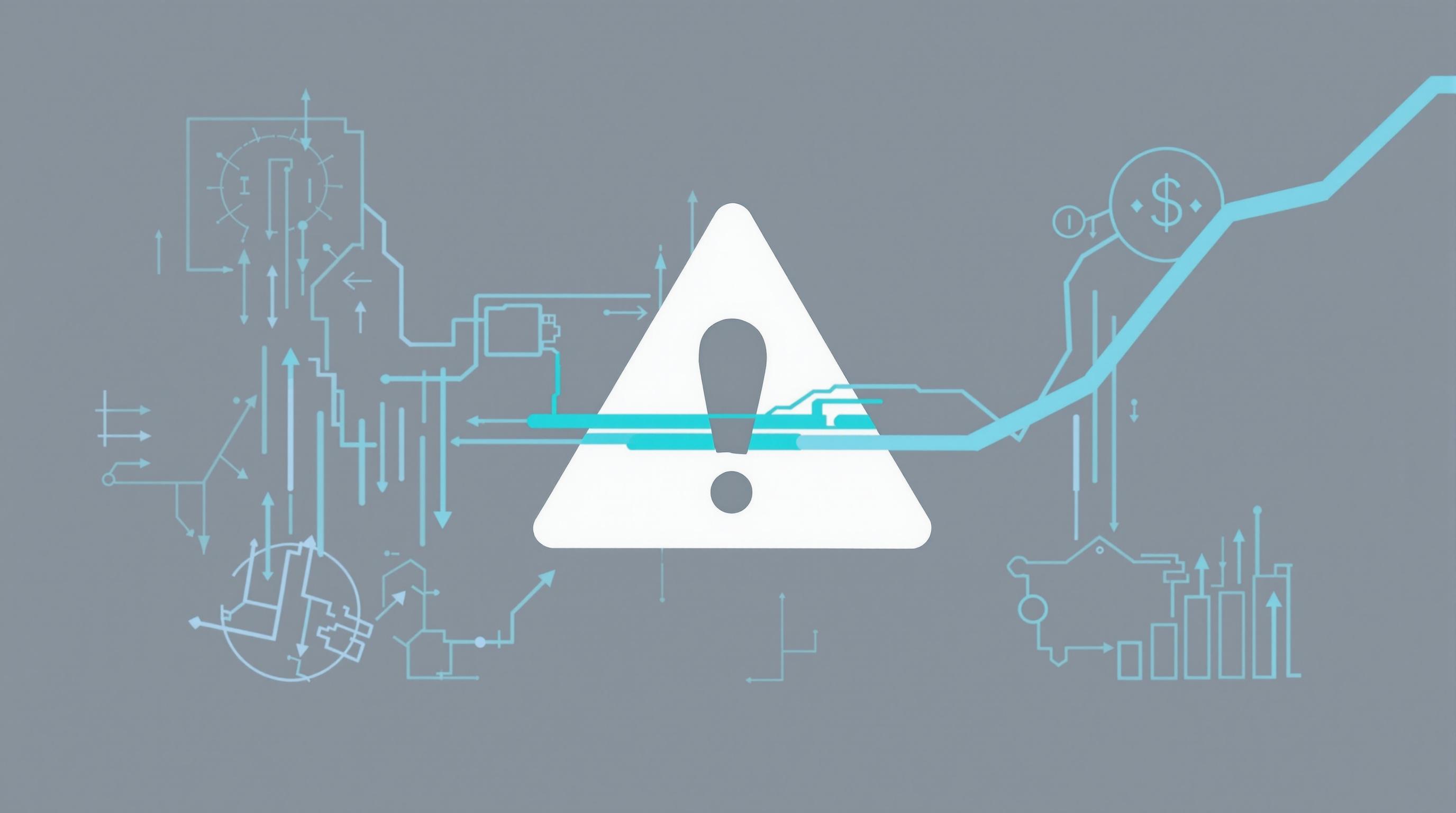Related Articles
- Unveiling the Silent Effects of Malware Residue on IoT Devices and What It Means for Your Connected Home Security
- Top 6 Game-Changing Email Security Suites Released Since 2019 That Actually Stop Cyber Trickery
- The Hidden Impact of AI-Driven Voice Assistants on Your Device’s Safety: Risks Nobody Talks About
- Top 6 Stealth Encryption Products Redefining Data Privacy You Haven’t Heard About Since 2019
- Exploring the Influence of Wi-Fi Radiation on Human Sleep Patterns and Cognitive Health in Modern Living
- Top 8 Stealth Malware Cleaners from the Past 5 Years That Outsmart Evasive Threats
8 Lesser-Known Data Leak Threat Alerts Disrupting Financial Markets with Unexpected Economic Risks
8 Lesser-Known Data Leak Threat Alerts Disrupting Financial Markets with Unexpected Economic Risks
8 Lesser-Known Data Leak Threat Alerts Disrupting Financial Markets with Unexpected Economic Risks
Introduction
Data leaks are no longer rare in financial markets. Big breaches grab headlines, but smaller threats slip under the radar. These lesser-known data leaks cumulatively pose serious risks that are often invisible to regulators and institutions.
Financial data is a prime target. When sensitive information spills, it shifts market behaviors. Investors, firms, and policymakers can face abrupt shocks, disrupting economic stability in unexpected ways.
This article explores eight underestimated data leak alerts. Each has unique traits and ripple effects, shedding light on vulnerabilities financial markets often overlook.
1. Algorithmic Trading Code Exposure
Leaked proprietary algorithmic trading code can upend market fairness. Competitors gain insights into complex strategies, enabling manipulation or counter-trading that erodes profits and trust.
Such leaks are usually confined to tech insiders, keeping them off broad radar screens. Yet when exploited, they distort price discovery, creating volatile and unpredictable market behavior.
Without transparency, regulators struggle to detect the impact. The ripple effects include sudden liquidity shifts and increased systemic risk, endangering economic equilibrium.
2. Insider Data of Central Bank Communications
Confidential data on upcoming central bank policies, when leaked, can trigger preemptive market moves. Traders anticipating rate changes or stimulus adjust portfolios prematurely, adding instability.
Unlike official announcements, insider leaks spread unevenly, privileging some market actors. This asymmetric information exacerbates inequality and undermines market integrity.
The economic risk is profound. Erroneous or incomplete leaks spur false market signals, potentially derailing policy transmission and causing macroeconomic fluctuations.
3. Private Equity Fund Investor Details
Data leaks revealing private equity investors’ identities or holdings disrupt market psychology. Competitors may preempt deals or manipulate asset prices, destabilizing target valuations.
These private details often remain shielded but when disclosed, they invite opportunistic behavior from traders and activists, unsettling planned capital flows.
Subsequent market dislocations impair capital allocation, slowing growth and increasing risk premiums. The broader economy feels the strain as investment confidence wanes.
4. Credit Default Swap (CDS) Position Leaks
CDS position leaks expose hedge positions in debt markets. Traders use this intelligence to front-run moves or amplify stress on vulnerable credit instruments.
Such leaks blur market signals, inflating risk perceptions artificially. This skews pricing and can trigger self-fulfilling selling spirals in corporate bond markets.
The fallout ripples through lending costs and business investment, subtly elevating systemic credit risk over time.
5. Unpublished Economic Indicator Data
Leaks of preliminary economic data like employment or inflation figures give some players a head start. Acting ahead of official releases distorts markets briefly but significantly.
This unequal access invites regulatory scrutiny but often remains soft due to the diffuseness of harm. Nonetheless, these leaks heighten volatility and mispricing.
In aggregate, premature reactions degrade forecast reliability and complicate policy effectiveness, increasing economic uncertainty.
6. Client Transaction Patterns from Brokerage Firms
Brokerage data leaks can reveal institutional or high-net-worth client trading patterns. Competitors exploit the data to anticipate large moves or momentum shifts.
This disadvantages the original traders, undermining market efficiency and fairness. Algorithms front-run orders, increasing trade costs unpredictably.
The economic impact manifests in reduced investor confidence and diminished willingness to commit large funds, tightening liquidity provision.
7. Pension Fund Asset Allocation Details
Leakages concerning pension fund strategies expose long-term asset shifts. This encourages predatory trading and herd behavior, destabilizing asset classes.
Because pension funds often manage vast sums, leaks threaten systemic stability. Market movers adjust in ways that pressure returns and risk profiles unexpectedly.
The effects extend to retirees and social safety nets, raising broader economic and social policy concerns.
8. Cross-Border Capital Flow Data
Confidential data on cross-border capital movements, when leaked, enable speculative attacks or sudden repricing of currency and bonds. This intensifies market swings beyond fundamental factors.
Emerging markets are especially vulnerable, where capital flow volatility translates quickly into economic shocks and policy dilemmas.
These leaks complicate managing exchange rates and monetary policy, increasing the global risks embedded in interconnected financial systems.
Conclusion
Lesser-known data leaks are stealth disruptors of financial markets. Their economic risks are real, despite limited public visibility. Transparency gaps, asymmetric information, and exploitation fuel instability.
Improving detection, information controls, and market oversight around these sensitive data areas is critical. Policymakers must recognize and address these subtle yet potent threats to economic security.
Investment in technology and regulation to combat these leaks could help preserve market fairness and prevent unexpected shocks. Vigilance remains essential as the digital landscape evolves.
Sources
1. Financial Times, "The hidden costs of algorithm leaks," 2023.
2. Journal of Monetary Economics, "Information asymmetry in central banking," 2022.
3. IMF Working Paper, "Private equity and market stability," 2023.
4. BIS Quarterly Review, "Credit default swap market vulnerabilities," 2022.
5. Bloomberg, "Economic data leaks and market volatility," 2023.




